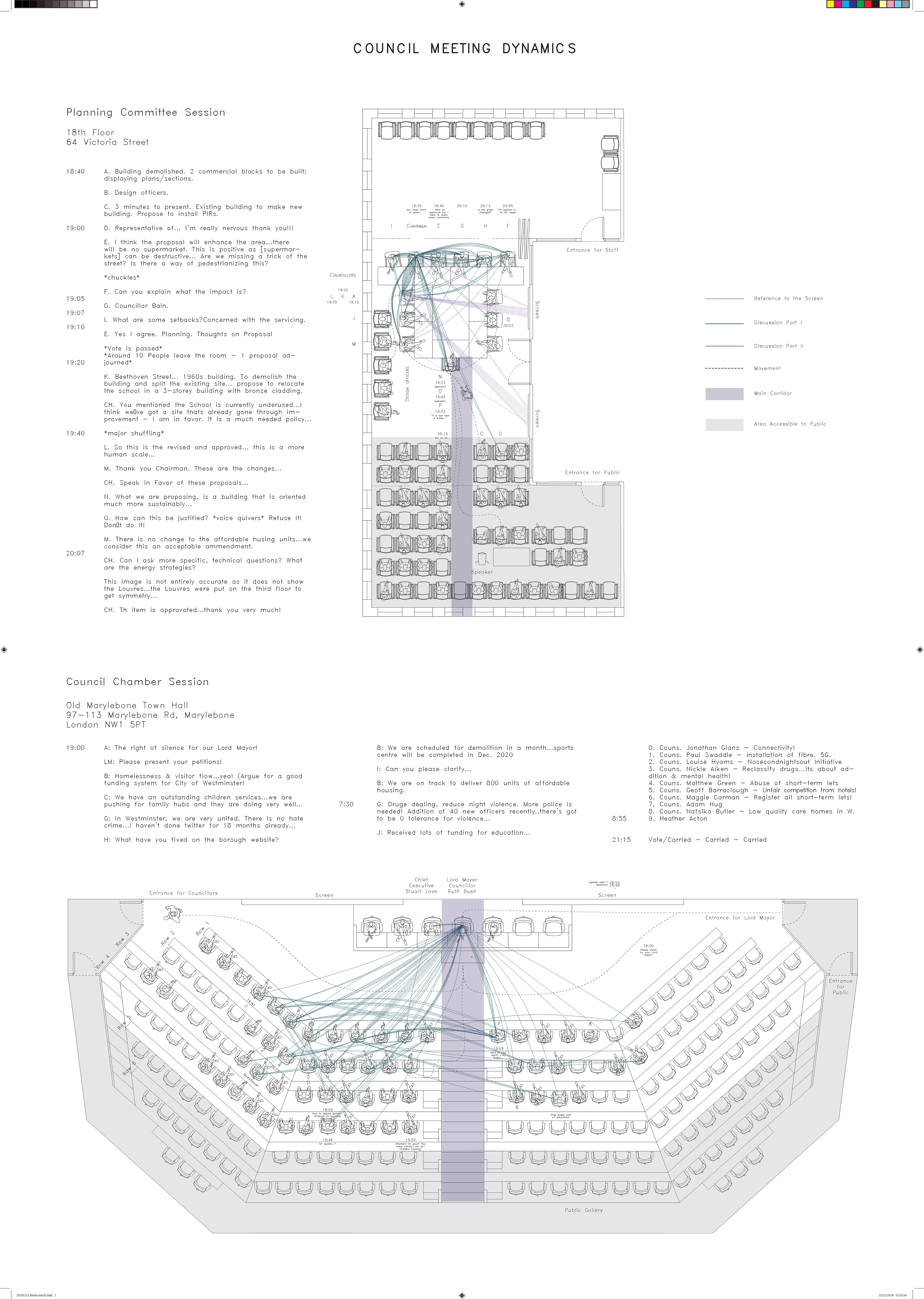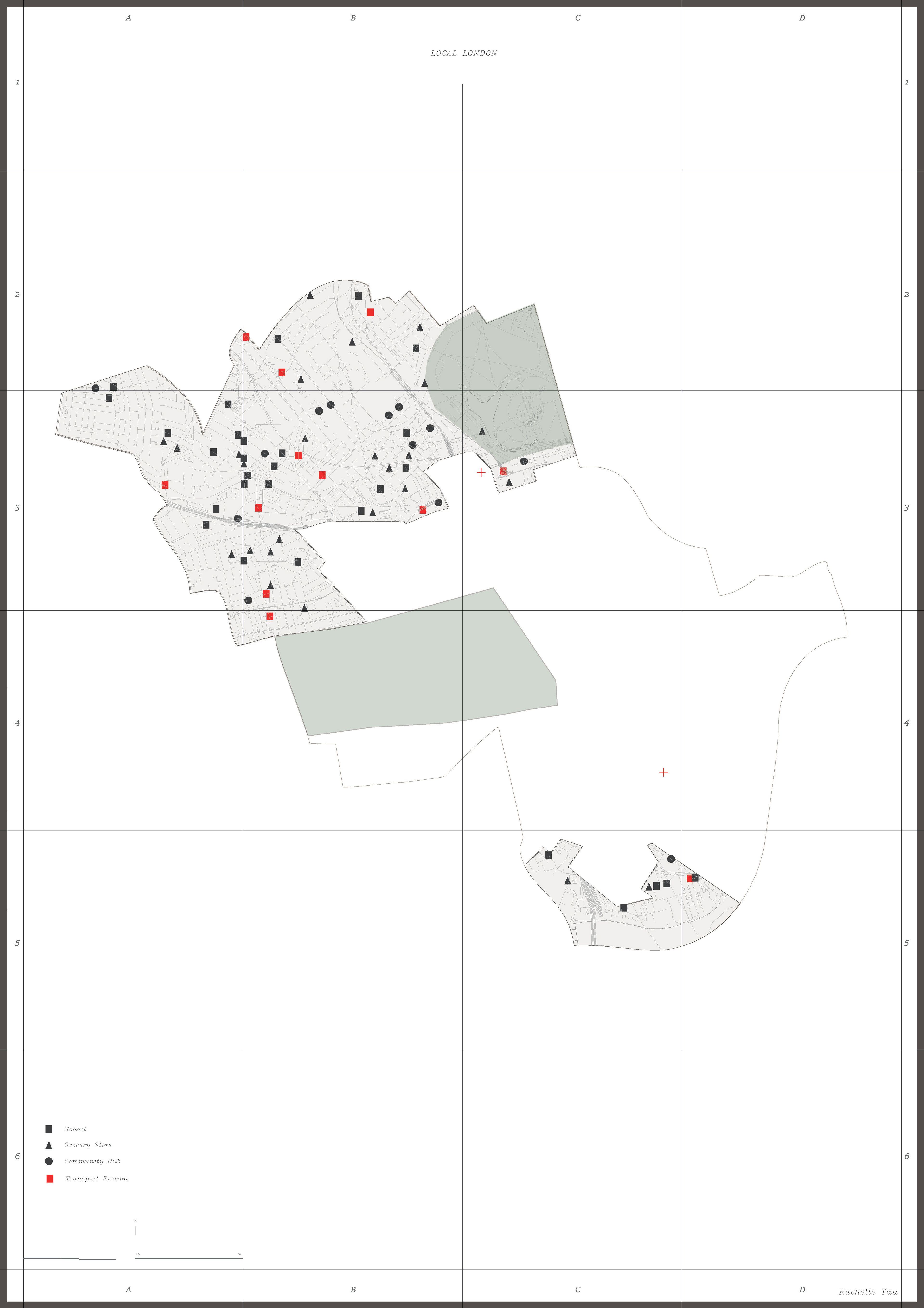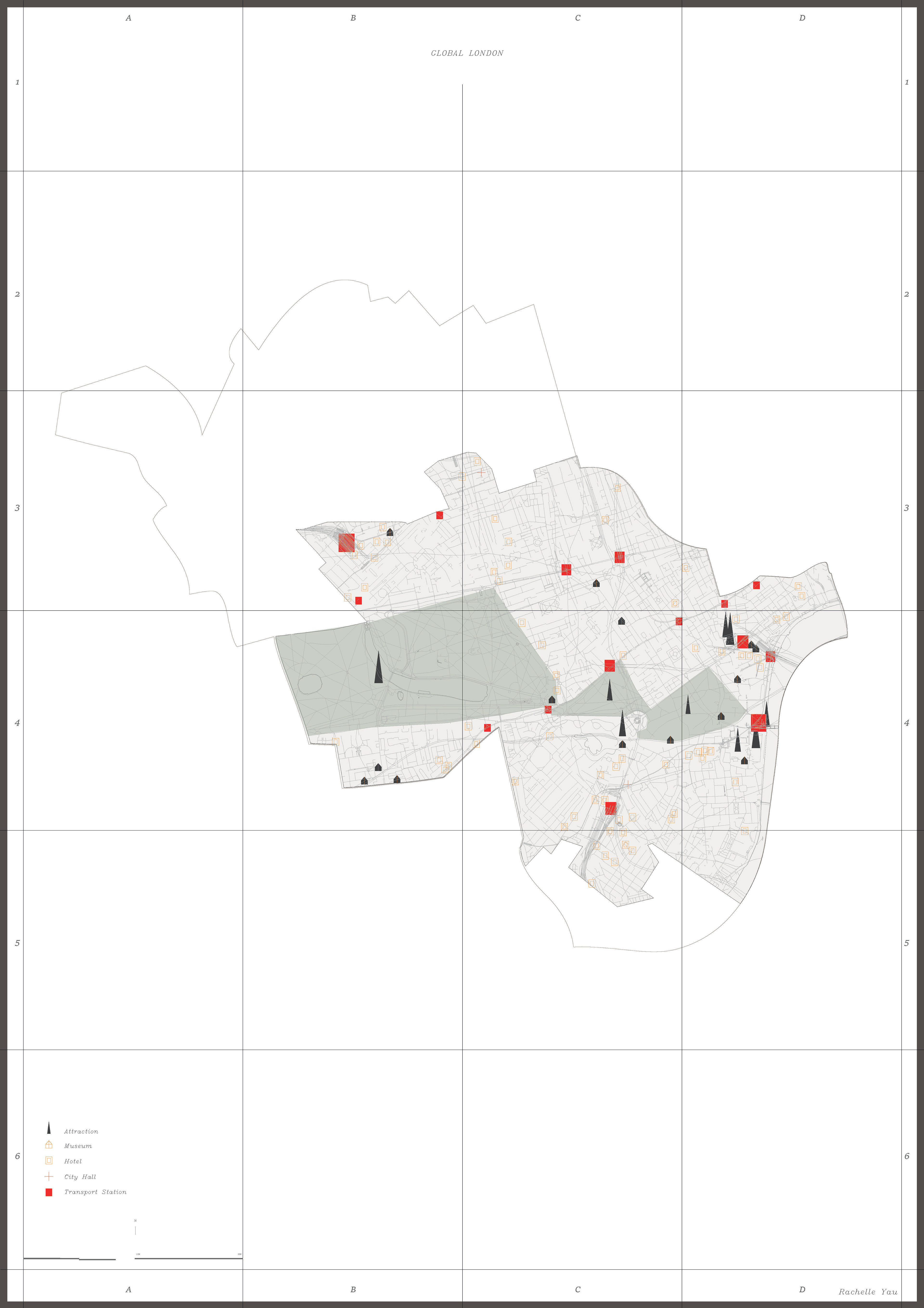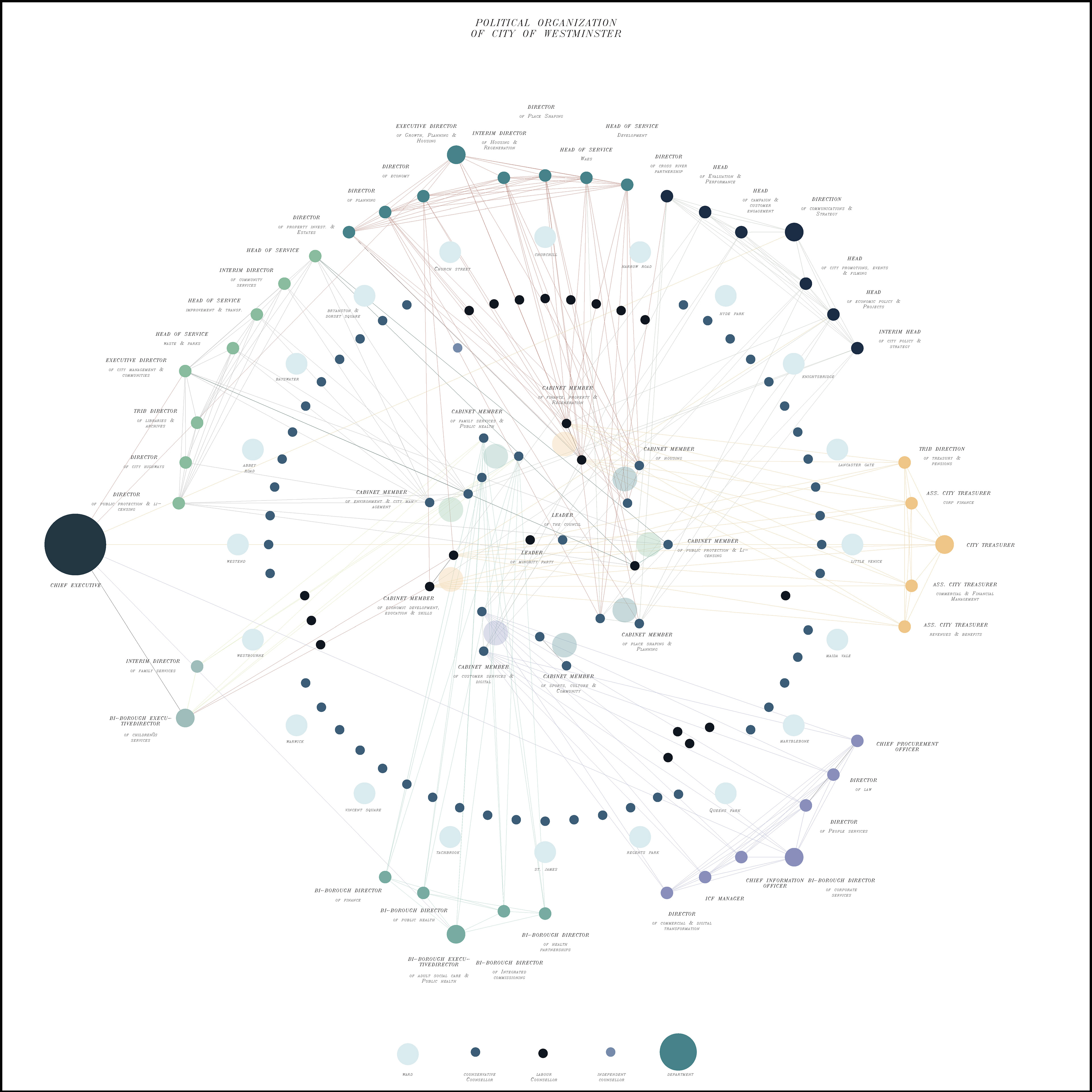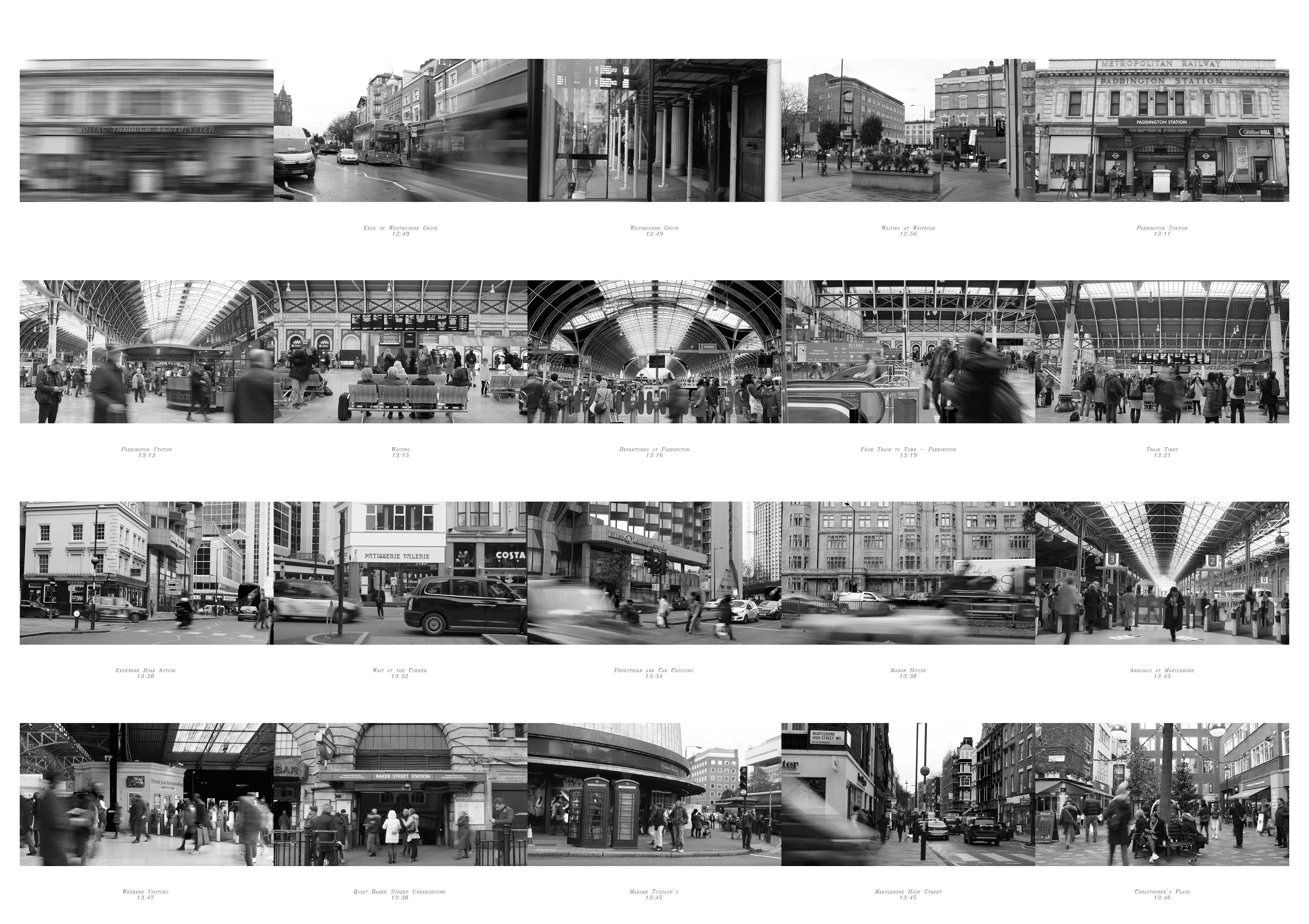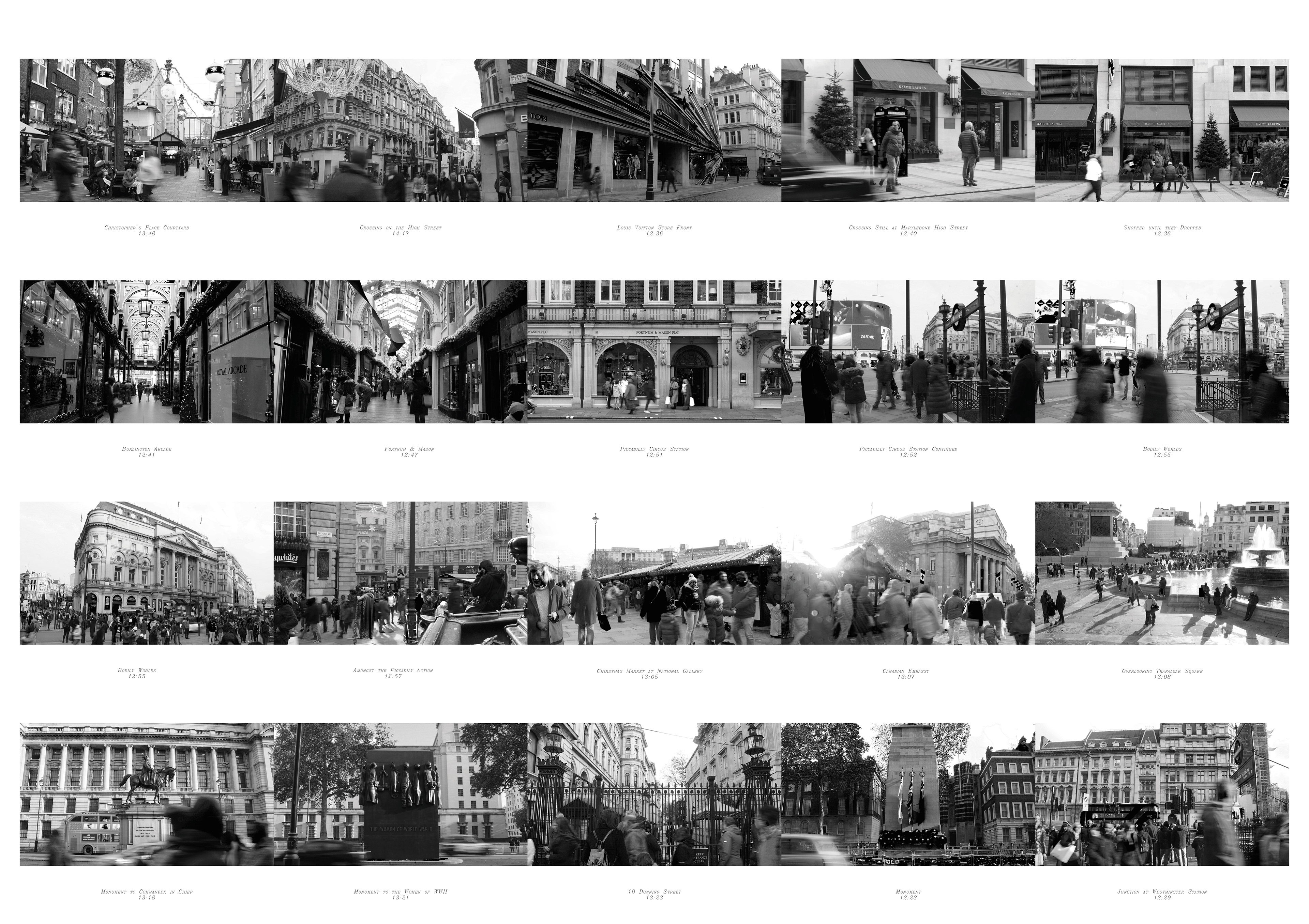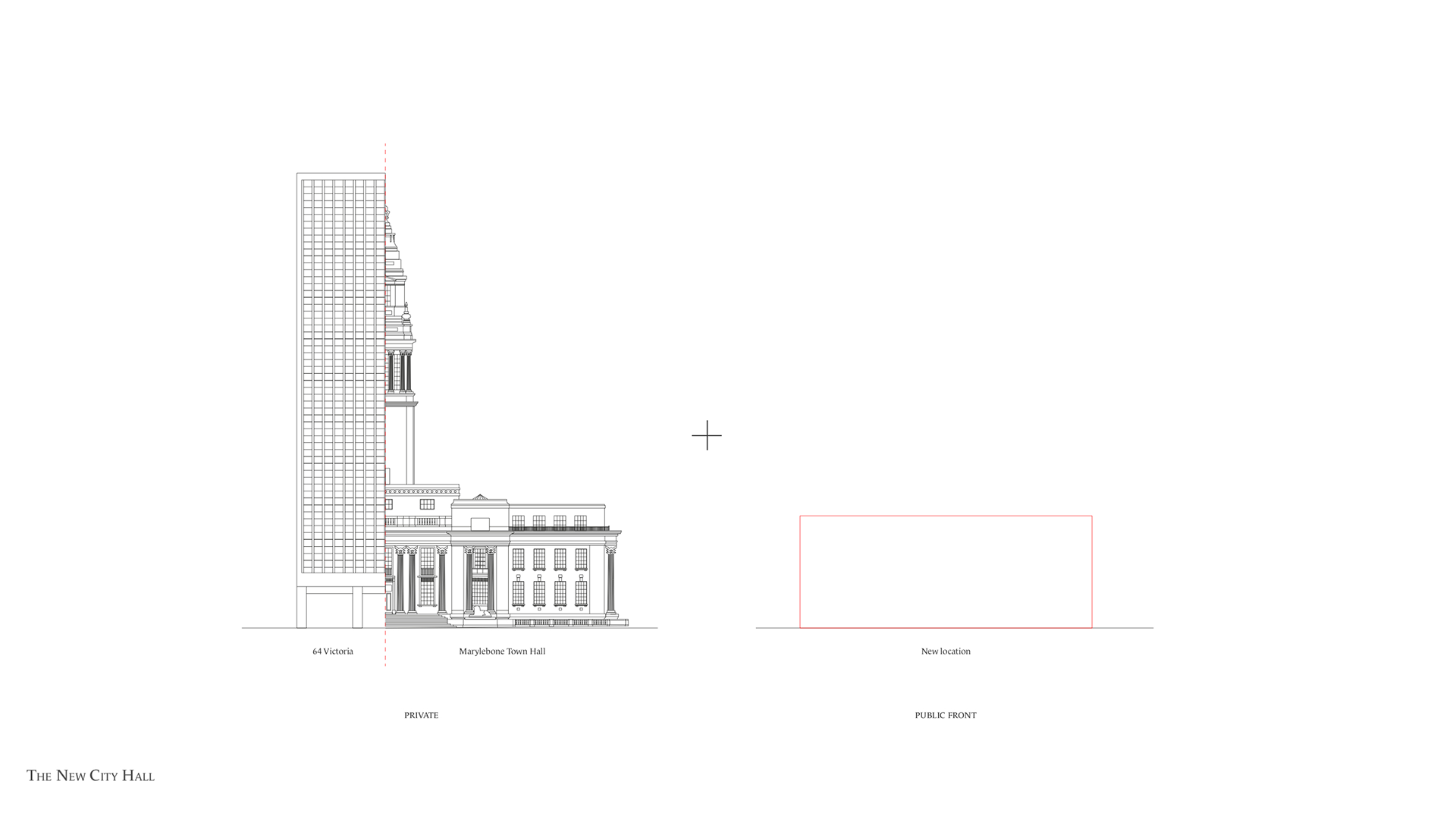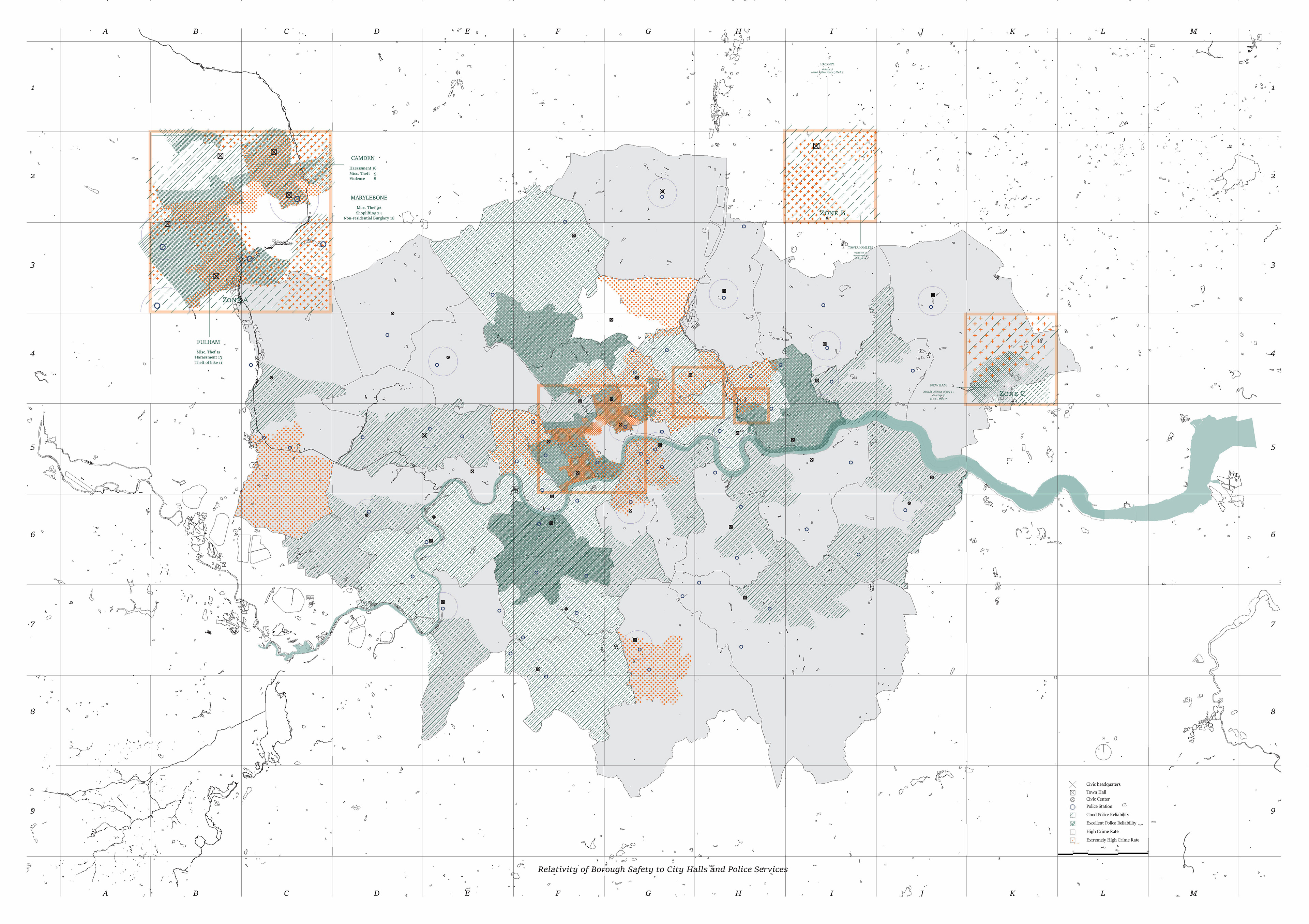The daily influx of people into the City of Westminster has consistently raised numerous challenges for the local government in the well-being of the city. Therefore, it is crucial that everyone who comes into Westminster for work, travel and study. etc, should be aware and mindful of their role as inhabitants through civic and political engagement. To most residents, the City Hall is irrelevant - most resources and registrations can be accessed online. Even to engage in local politics is difficult as there is very limited public access to the Westminster City Halls.
The new Civic theatre attempts to re-install the discussion of local and national politics at the heart of city life by providing a shared civic space. In order to bring about political participation, it is vital to introduce civic engagement first. The Civic theatre is not only a political space but a cultural one as well. The merging of a cultural program with politics, such as the art of theatre, at a central space is crucial to the future of city halls in combating its redundancy. Theatricality is not only evident in Westminster’s politics - from semi-private council meetings to mass demonstrations in the city - but through its culture as well. The Civic theatre will serve as a public stage to raise awareness of both local and national matters by making politics accessible in order to encourage participation. Theatre practices will also be employed as an educational tool, such as the Theatre of the Oppressed developed by theatre practitioner Augusto Boal in the 1970s. This new Civic theatre location would be solely an addition of public civic space; administration offices will remain in 64 Victoria. Most of the programs in the new civic theatre will be meetings, public events, theatre performances and workshops.
Theatre has served as a civic space throughout history. Theatre appeals to number of spectators through its capacity of juxtaposing two settings together – drama and the city -- such as the Theatre of Dionysus in Ancient Athens. In the Civic theatre, the stage could transform into various modes of theatre, from one theatre-in-the-round, to three individual proscenium theatres. Meeting rooms, a bar and back of house facilities will occupy the ground floor. The whole structure will be held by a really simple structure of a thin fabric or material being suspended to create a feeling of lightness as well as different expression to the building by shifting floor plates. As performances and council chambers begin in the evening, the civic theatre will be illuminated to inform pedestrians the beginning of an exciting event.
It is through the art of theatrics, which is already evident in Westminster’s politics and culture, that will help to draw public involvement so as to become the city hall for all.
Representation
Research
